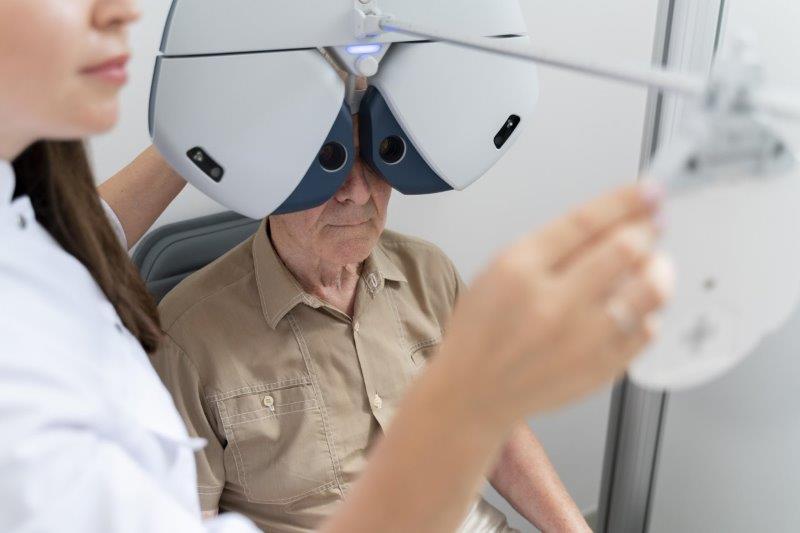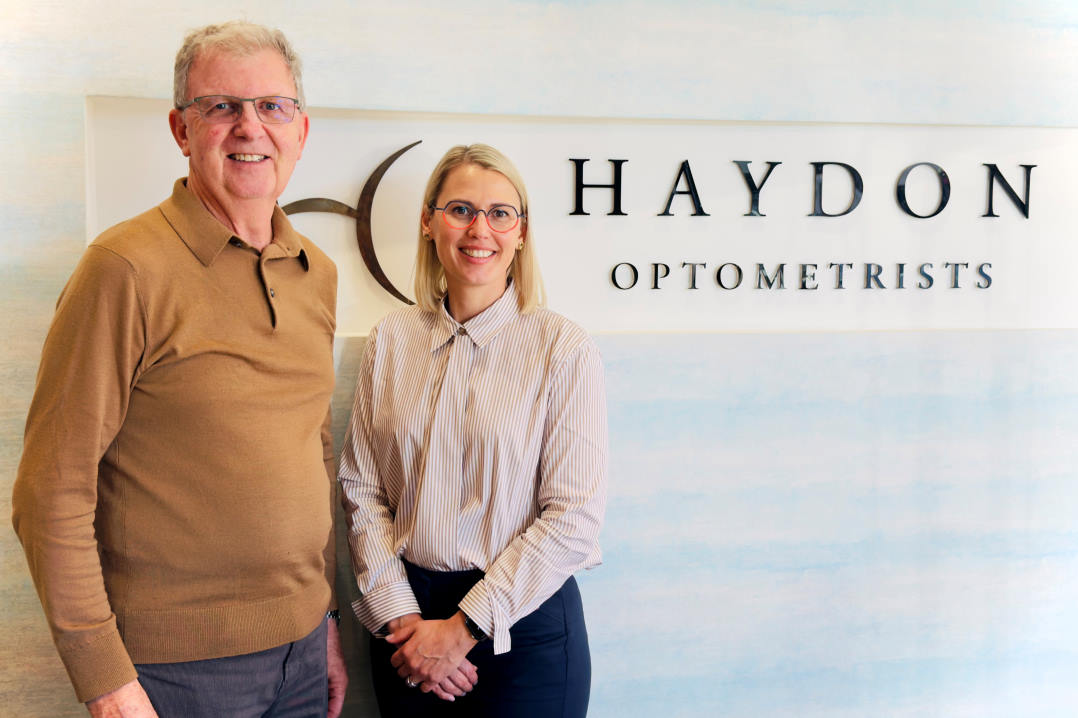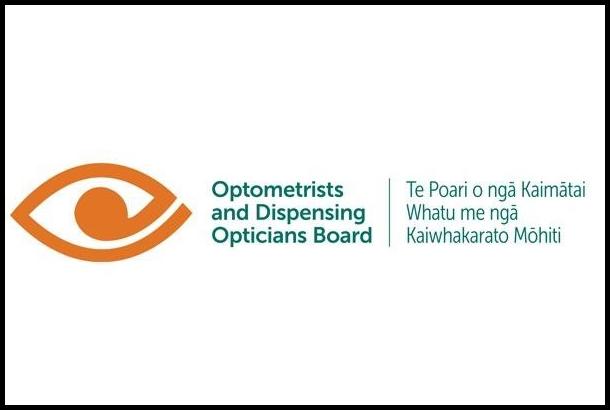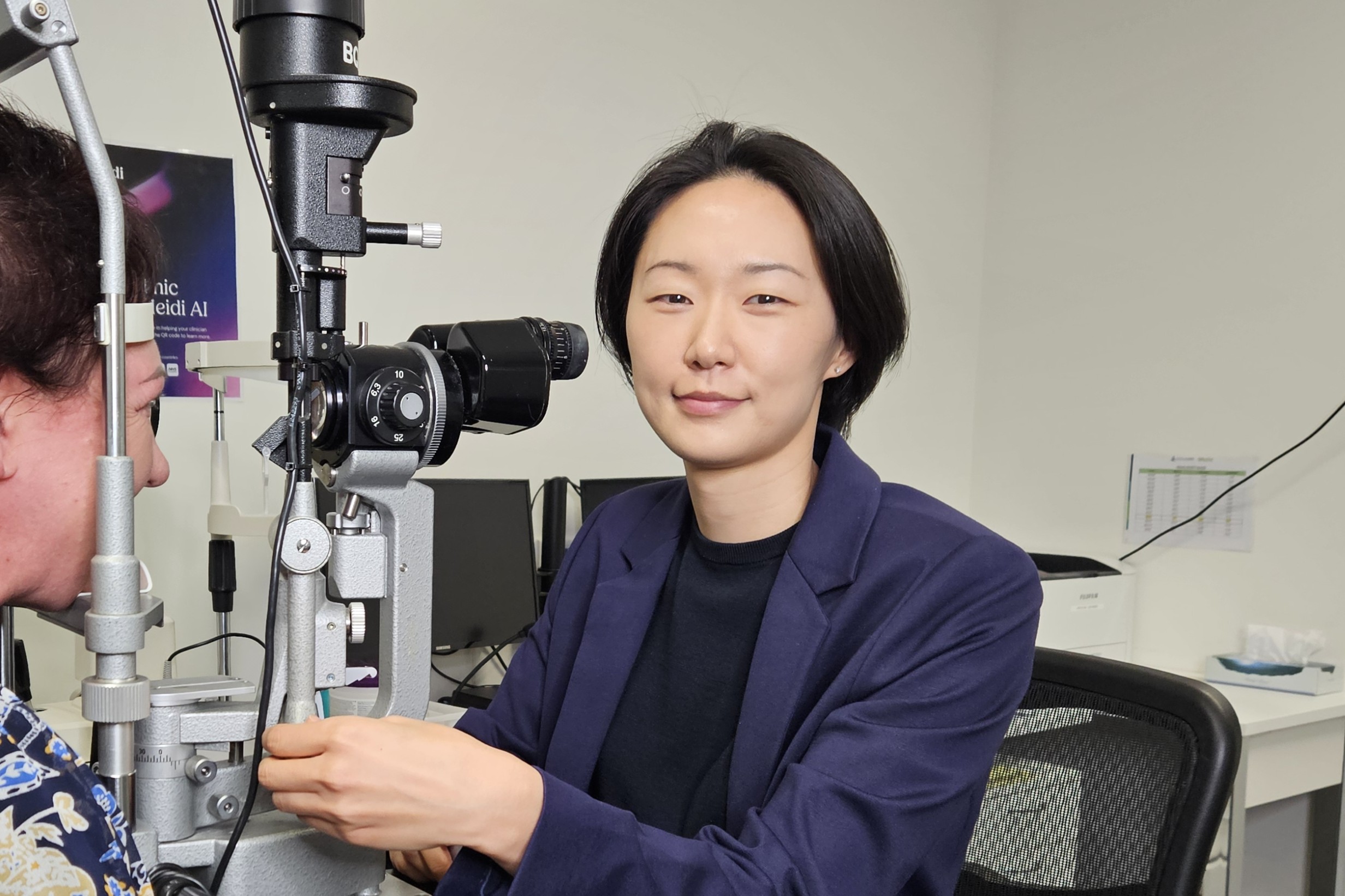Patients forego eyecare due to rising costs
A study looking at eyecare affordability in Australian collaborative clinics has shown around one-quarter of patients are avoiding treatment for their eye conditions for cost reasons.
The study, published in the latest issue of Public Health Research & Practice, a peer-reviewed journal of the Sax Institute, surveyed 252 patients attending collaborative eyecare clinics, where optometrists provide comprehensive diagnostic imaging and eyecare services typical of public hospitals or large private ophthalmology practices. With a response rate of 46.8%, the findings showed the average percentage of patients not obtaining services due to cost was 23.4% for general healthcare and 25.5% for specialist eyecare, while 45.2% of respondents experienced direct or indirect cost barriers to optometric eyecare and 40.4% faced similar challenges for specialist eyecare.
“Our findings underline the considerable cost barriers people face when accessing eyecare,” said senior author Dr Angelica Ly, a researcher at the School of Optometry and Vision Science, UNSW Sydney. “We found that on average, one in four patients were opting not to access eyecare services because of the cost, even after attending a collaborative care clinic that provides services at no cost to patients. And nearly half (of these) reported cost as a barrier when seeking eyecare.”
Those with poorer self-rated health or lacking private-hospital health insurance were the hardest hit, while services not covered by private health insurance or Medicare, such as out-of-pocket dental and optical services, were the most challenging to afford.
The average inflation-adjusted co-payment for optometry services increased by more than AU$30 from 2010 to 2020, and the median out-of-pocket fee for specialist services is currently AU$96, reported researchers. “Overall, these findings indicate that current collaborative eyecare models may be improved by providing additional support for individuals who are in poorer health or do not have private health insurance. Additionally, public health policies need to use eyecare-specific strategies to optimise access to eyecare.”
























